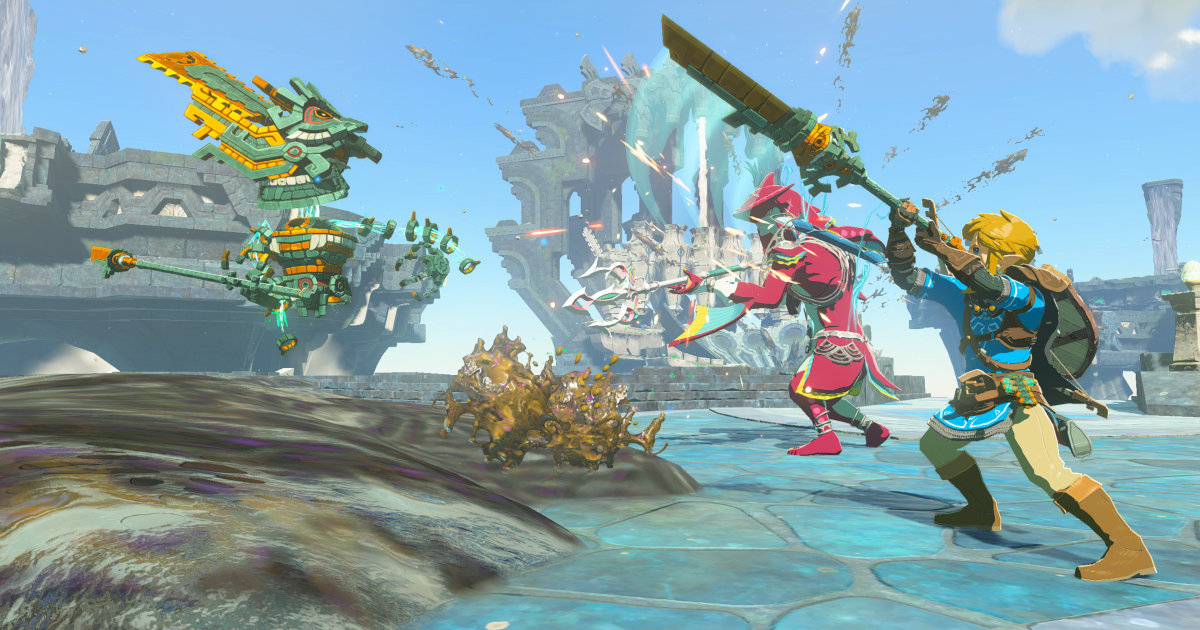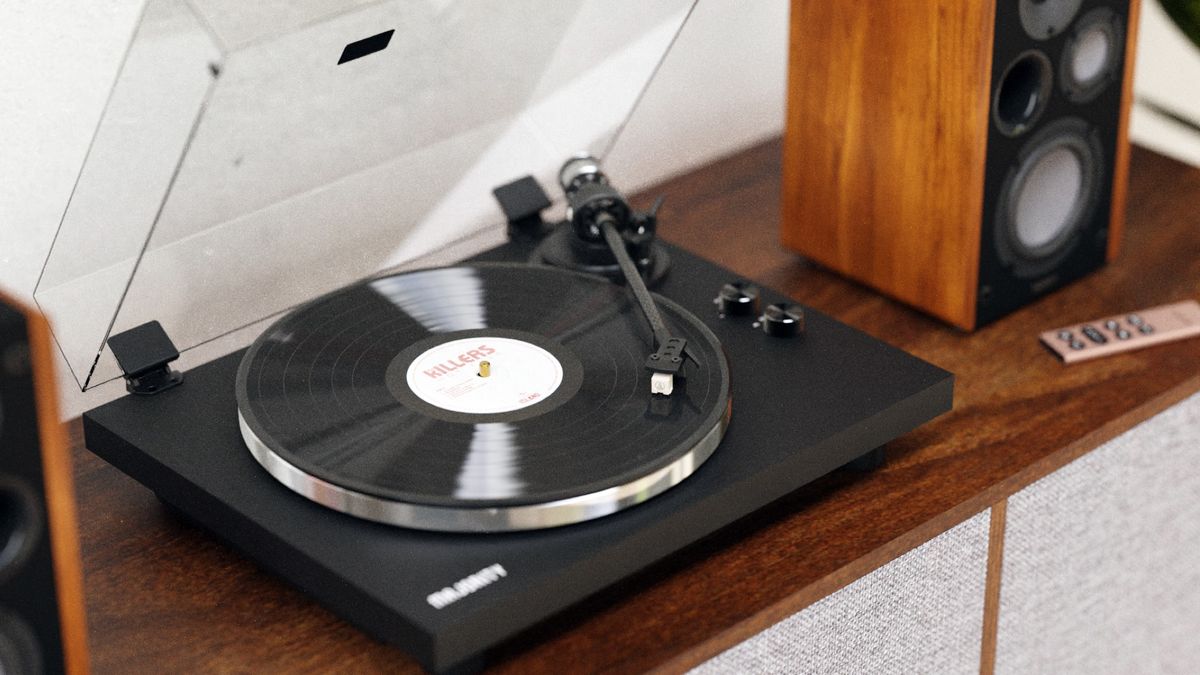
AMD develops a portable gaming PC chip with advanced artificial intelligence capabilities, but is it really necessary for gamers?
I just wish that FSR 4 would be available on portable devices.
Portable gaming PCs have experienced a remarkable resurgence, becoming one of the preferred ways for gaming enthusiasts to enjoy their hobby anywhere and at any time. Various attractive options are available on the market, such as Valve's Steam Deck, considered a benchmark in this generation, as well as the Asus ROG Ally X, Lenovo Legion Go, and MSI Claw 8 AI+. Undoubtedly, the future promises continuous improvements in this segment.
A fundamental aspect of the performance of these devices is their processors, specifically SoCs (System-on-a-Chip), which integrate CPU and GPU on a single chip. Thanks to the efforts of companies like AMD and Intel, we have been able to use processors like the Ryzen Z1 Extreme and Core Ultra 7 258V in portable PCs, which provide enough processing power to deliver excellent performance in numerous video games.
Features such as frame generation and scaling methods are essential for maintaining good results, especially in more demanding titles. For example, AMD's FSR 3 technology is utilized in devices like the Steam Deck and Asus ROG Ally. Its latest advancement, FSR 4, offers substantial improvements in image quality and performance, without the ghosting issues that affected its predecessor. However, it is worth noting that FSR 4 is currently limited to RDNA 4 desktop GPUs, and it has been mentioned that AMD plans to develop a Ryzen AI Z2 Extreme chip, which supposedly would use RDNA 3.5, according to leaks.
Unless AMD manages to adapt FSR 4 to RDNA 3.5, the rationale for an "AI" Z2 Extreme processor seems questionable. In the realm of portable gaming PCs, the priority is to provide the best possible performance without compromising battery life or causing overheating. On the other hand, the Ryzen AI Max+ 395 chip is competing with some desktop GPUs in demanding games like Cyberpunk 2077; however, it is unknown if this APU can be effectively integrated into a compact system like a portable gaming PC.
The Ryzen AI Z2 Extreme chip, unless it uses RDNA 4 architecture, does not seem to be an advantageous option, at least compared to the already announced Ryzen Z2 Extreme. It is still early to confirm these rumors, but the only possible performance improvements from this chip might come from its Neural Processing Unit (NPU), which handles dedicated AI tasks like scaling and frame generation in games. The expectation is that it will not approach the processing capabilities of the AI Max+ 395, which has 40 GPU cores, achieving high frame rates without the need for a discrete GPU.
Currently, the only "AI" SoC for portables that seems to have relevance is Intel's Core Ultra 7 258V, used in the MSI Claw 8 AI+. Although its price, at $899 / £899 / AU$1,799.00, may not be the most attractive, its performance could surpass that of other portable devices on the market. The hope is that AMD can adapt FSR 4 for these devices or at least ensure it has enough power to compete with Intel's Lunar Lake chip, as current rumors suggest it could be a waste of time for gamers.




